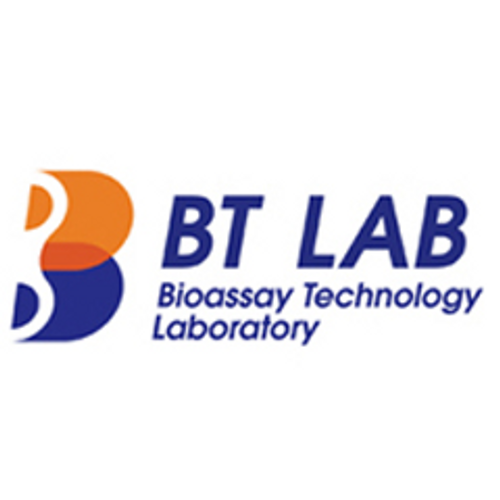Product Description
Mouse Vitamin B6 (VB6) ELISA Kit | AE11793MO | Abebio
Species Reactivity: Mouse (Mus musculus)
Abbreviation: VB6
Alternative Name: N/A
Application: ELISA
Range: 3.70-300 ng/mL
Sensitivity: 1.42 ng/mL
Intra-Assay: ≤7.3%
Inter-Assay: ≤10.2%
Recovery: 1, 11
Sample Type: Serum, Plasma, Other biological fluids
Detection Method: Sandwich
Analysis Method : Quantitive
Test Principale: This assay employs a two-site sandwich ELISA to quantitate VB6 in samples. An antibody specific for VB6 has been pre-coated onto a microplate. Standards and samples are pipetted into the wells and anyVB6 present is bound by the immobilized antibody. After removing any unbound substances, a biotin-conjugated antibody specific for VB6 is added to the wells. After washing, Streptavidin conjugated Horseradish Peroxidase (HRP) is added to the wells. Following a wash to remove any unbound avidin-enzyme reagent, a substrate solution is added to the wells and color develops in proportion to the amount of VB6 bound in the initial step. The color development is stopped and the intensity of the color is measured.
Product Overview: Vitamin B6 is a water-soluble vitamin. Pyridoxine is one of the compounds that can be called vitamin B6, along with pyridoxal and pyridoxamine. Its hydrochloride salt pyridoxine hydrochloride is often used. Vitamin B6 assists in the balancing of sodium and potassium as well as promoting red blood cell production. It is linked to cardiovascular health by decreasing the formation of homocysteine. Pyridoxine may help balance hormonal changes in women and aid the immune system. It is required for the production of the monoamine neurotransmitters serotonin, dopamine, norepinephrine and epinephrine, as it is the precursor to pyridoxal phosphate: cofactor for the enzyme aromatic amino acid decarboxylase. This enzyme is responsible for converting the precursors 5-hydroxytryptophan (5-HTP) into serotonin and melatonin, and levodopa (L-DOPA) into dopamine, noradrenaline and adrenaline.
Stability: The stability of ELISA kit is determined by the loss rate of activity. The loss rate of this kit is less than 5% within the expiration date under appropriate storage condition. The loss rate was determined by accelerated thermal degradation test. Keep the kit at 37°C for 4 and 7 days, and compare O.D.values of the kit kept at 37°C with that of at recommended temperature. (referring from China Biological Products Standard, which was calculated by the Arrhenius equation. For ELISA kit, 4 days storage at 37°C can be considered as 6 months at 2 - 8°C, which means 7 days at 37°C equaling 12 months at 2 - 8°C) .
 Euro
Euro
 USD
USD
 British Pound
British Pound
 NULL
NULL








